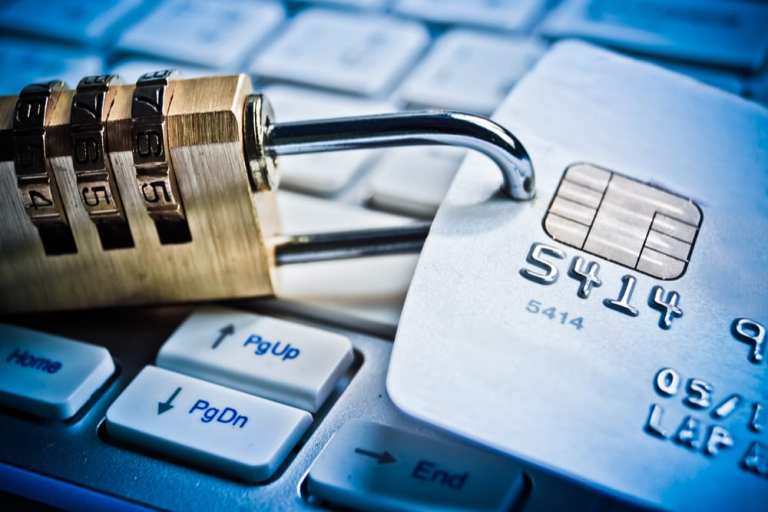
Building a secure customer journey is always a bit of a balancing act.
It has to be secure first and foremost, particularly when payments data is on the line. But it also has to be easy, fast and friction-free — now more than ever as a mass of consumers are moving their shopping, dining, working and leisure time online in response to the coronavirus outbreak.
It’s a difficult needle to thread under normal circumstances, Kount Executive Gary Sevounts told PYMNTS in a recent conversation, and the situation of late has been far from normal. And that has made it more critical than ever for firms of all types and descriptions to think hard about taking a more balanced approach to fraud prevention — but think more holistically about the field they are protecting.
Historically, people tend to think that the end of the journey — the part with the transaction — is the part that needs to be secured, when in fact that is too limited a way to think about the issue. Fraudsters and cybercriminals, Sevounts noted, are nothing if not (unfortunately) adaptive out-of-the-box thinkers.
“It’s really important for companies from a fraud prevention perspective to utilize all the latest developments, specifically around artificial intelligence and machine learning to be able to quickly — and this is very important — in real time, identify the trust level behind each interaction from logging on, to tapping into loyalty offerings to the payment transaction,” he said.
The battlegrounds for preventing fraud, he noted, are shifting — which means firms need to be able to shift with and ahead of the fraudsters.
Winning The New War With Account Takeover
Brands, he noted, have every incentive to give their best customers the VIP experience — hence they let them create accounts so their credit information, past purchases and associated data can be kept and used to curate and customize the consumer experience. All to the good, Sevounts said, until fraud comes into play.
Brands are typically aware of the potential for fraud to show up at the end of an anonymous transaction with a new user, stolen card number at the ready. Their systems, he noted, are keyed to spot the warning signs around those fraudulent purchase attempts. Meanwhile, fraud continues to evolve; fraudsters have varied the program and brought bot armies, password spraying schemes, phishing scams and a host of other techniques to harvest good consumer information — and then leverage it to take over those consumer accounts.
“If you look at the customer journey from end to end, the fraud starts not just around payments. The account has become the new battleground where fraud and abuse happen,” Sevounts said, mainly because many fraud-fighting tools have as yet not caught up to the situation at large.
The good news, he said, is that account takeover fraud can be battled back — Kount’s Identity Trust Global Network is built to do exactly that — and doing so requires a massive amount of data across a lot of transactions over time. Thirteen years, thousands of firms worldwide and several billion transactions and interactions evaluated annually, he noted, provide that robust database — which in turn makes it possible to look for what he called “risk or trust signals” at every point in the customer journey.
It allows businesses to see when it might be time to inject a bit more friction in the process — because something in the customer’s action set looks suspicious, he said. The goal of security at base is to make it hard and friction-filled for cybercriminals to ply their trade. But it is also to see when the customer is a good guy or a VIP — and decide in real time to make the experience easier and faster.
Good fraud fighting, he said, doesn’t just put up walls — that ultimately damages the customer experience. Instead, it customizes the reaction set to the data at hand in real time.
It’s a skill that has become mission-critical for a lot of brands in the last few weeks, he said.
Responding In Real Time To The Times
In the last few weeks, eCommerce, Sevounts said, has evolved from an option for consumers and businesses to a baseline necessity for day-to-day life. Consumers are relying on mobile and digital to order groceries, household essentials, prepared foods, movies they might have gone to a theater to see a month ago — and they are relying on those services to be delivered incredibly quickly. Whether the order is food or toilet paper, the amount of time they have to wait is very narrow.
And on the business side, Sevounts said, with the doors of so many merchants closed temporarily, their digital channels have very much become their lifeline connection points.
“Digital businesses right now, or companies that have digital presence, they are relying heavily on that to make sure that they can still serve their customers, keep commerce going online,” he said.
It is a big job, and one that fraudsters stubbornly refuse to make any easier by taking a few weeks off. If anything, the rapid rush of legit commerce online has already started carrying opportunistic cybercriminals in its wake looking for ways to break into the cycle and skim off some revenue.
Sevounts said firms can and must push back, but doing so will require thinking bigger — both about the data sets they tap into and the number of touchpoints they focus on securing.